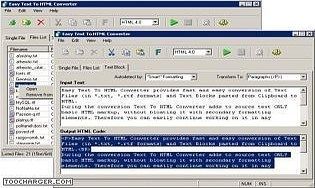

In the meantime, keep watching this space for more DITA news and analysis. Let’s meet back in a year and see how many of these predictions pan out.

While there are other technical writing standards out there, it is by far the most popular, and may have help kill off DocBook. So Where is DITA Now and Where is it Going?ĭITA continues to be a sought-after skill among technical writers, with increasing demand. If anyone has any other thoughts on this why this reoccurring pattern exists, please leave your comments below! I am guessing that firms at these sizes are themselves going through a maturation process where old-school/brute-force methods of doing documentation still hold sway. I suspect that very small firms (1-10 employees) adopt DITA because of the relatively low-cost of the tools involved, but I have a harder time explaining the relatively low adoption pattern that exists with medium-to-large (201-1000 employee) and medium-large (5,001-10,000) firms. In these cases it just “makes sense” to do things using DITA. Large and very-large firms reap the same benefits in addition to others (reduced localization costs, content reuse across a wider range of products, exchanging DITA-based content with partners) that come with scale.Small firms benefit from the more efficient processes (content reuse, de-siloed writers) that DITA has to offer, and those benefits are more pronounced with small to mid-sized firms.I would be interested in hearing from others as to why they think this pattern exists, and here are my thoughts: 2013)Īs you can see there is a continuum of DITA usage, with firms of all sizes seeking people with DITA experience, but with three peaks, which occur with the very large (10,000+ employees), large (1,001-5,000 employees) and medium-sized (51-200 employees) firms.

Size of Companies with DITA Job Postings (Sept.


 0 kommentar(er)
0 kommentar(er)
